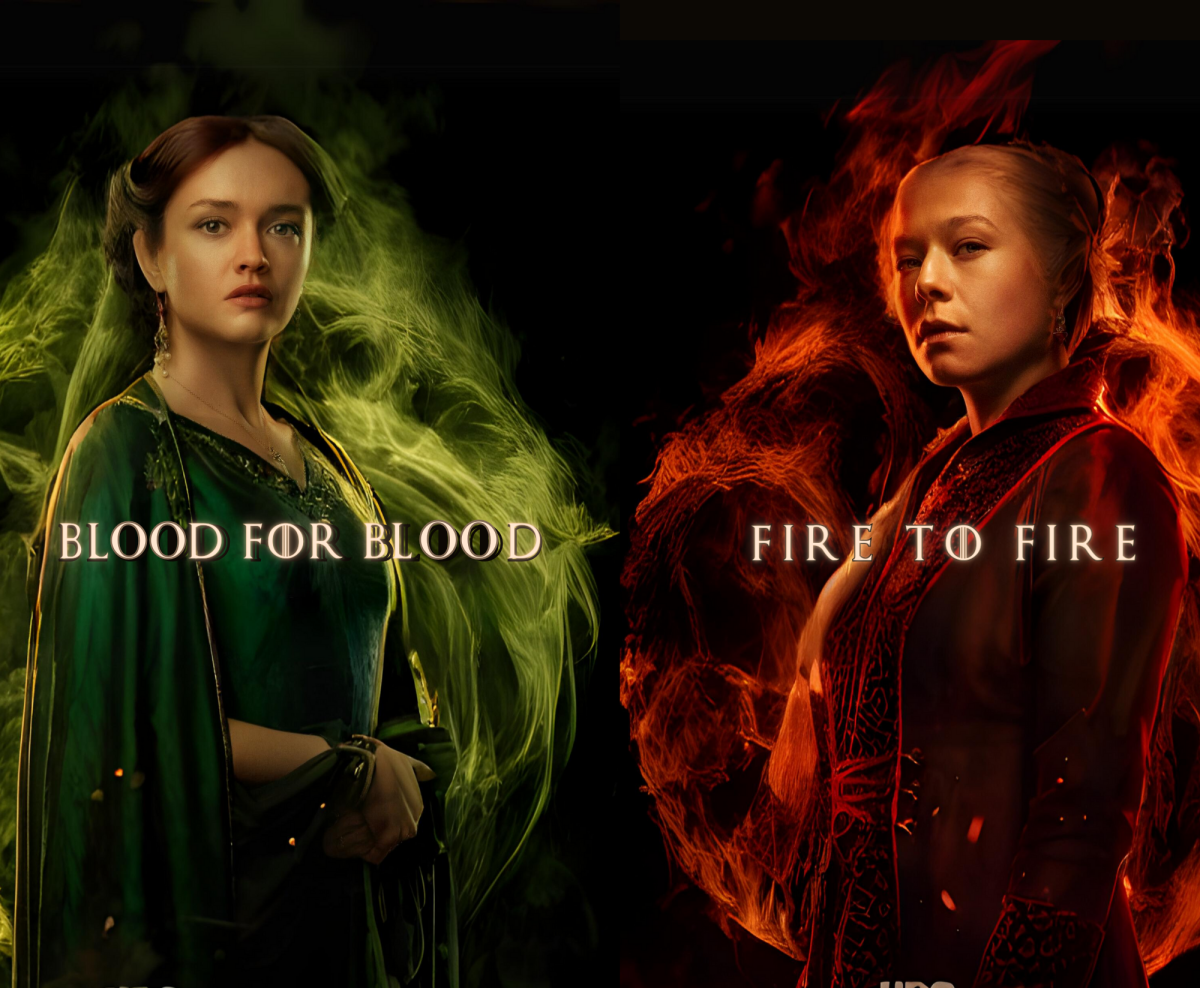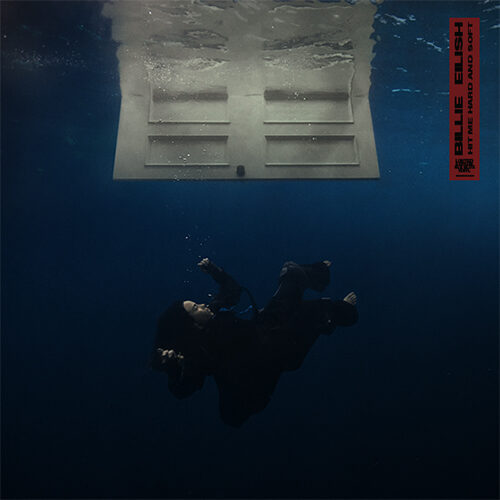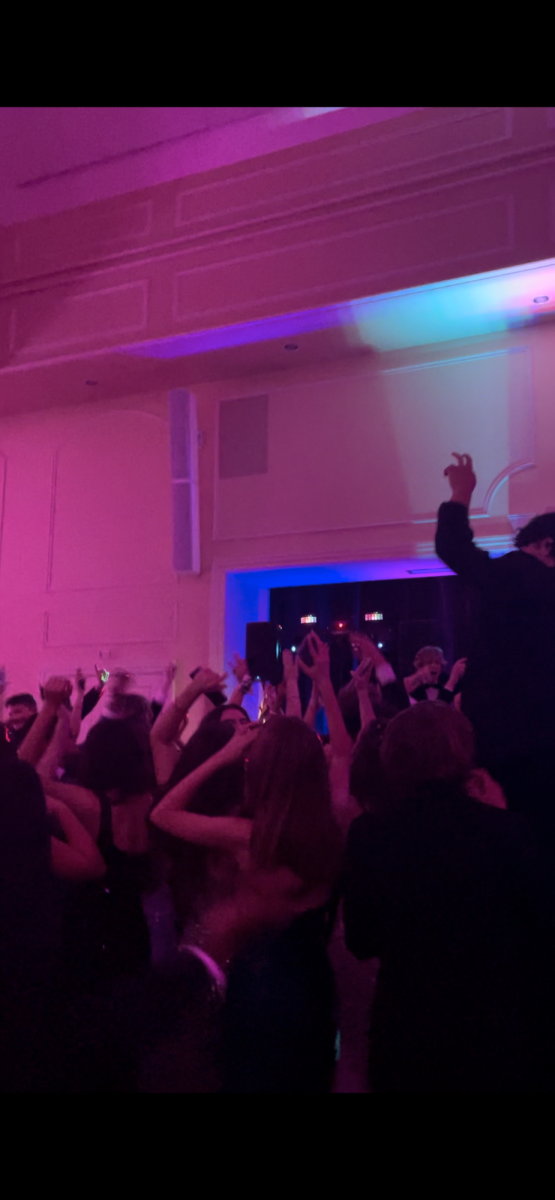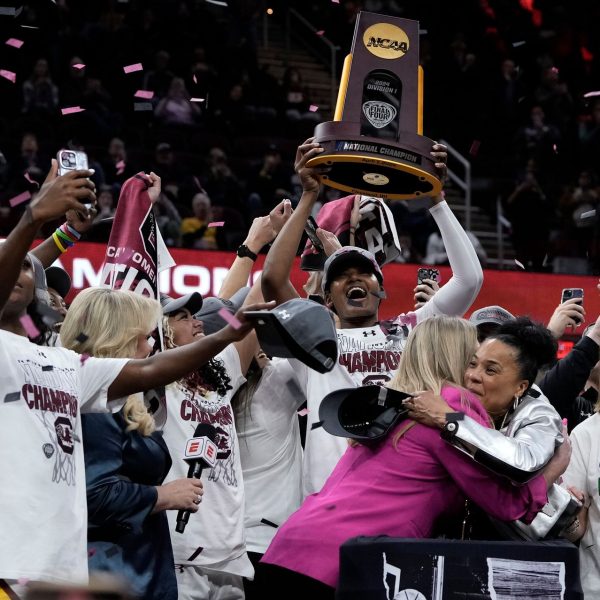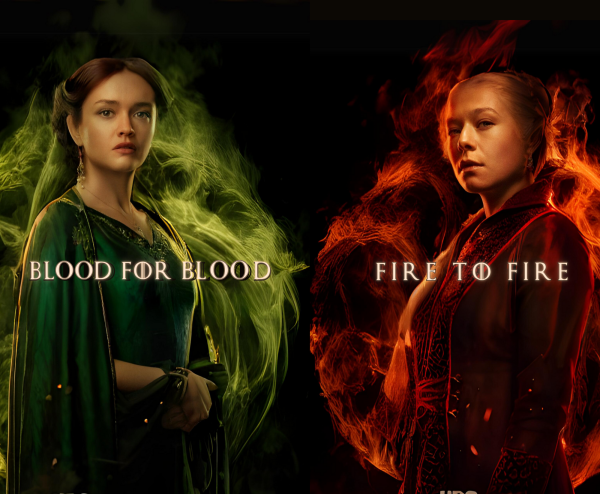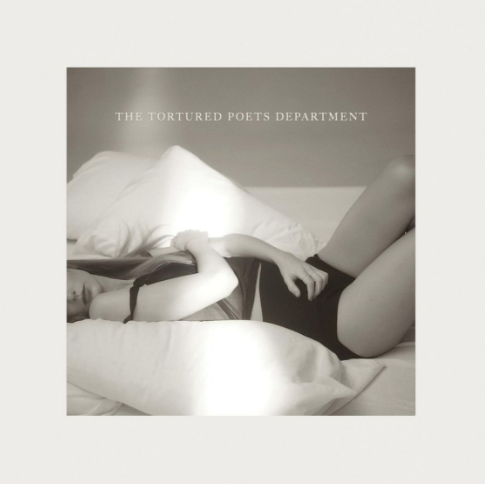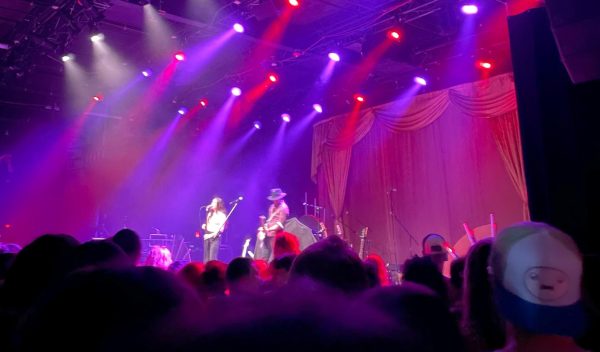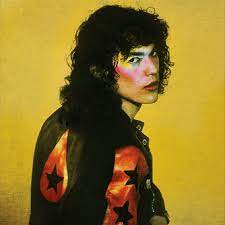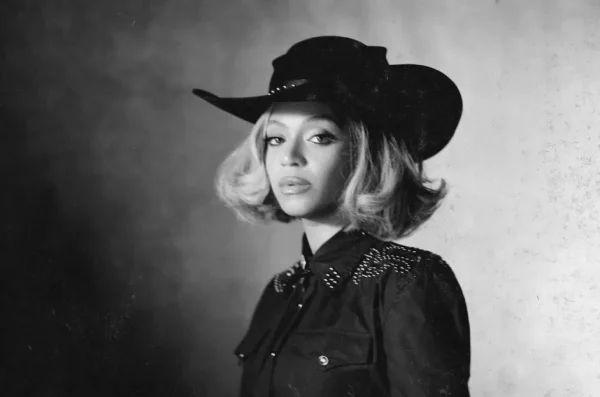It is all about the sass and attitude

Striking a pose, Vogue dancer Benny Ninja participates in one of the many vogue battles in the Bronx. Vogue battles/competitions are a regular thing in the Vogue dance community.
March 28, 2017
Vogue is an influential type of dance that was originally performed by black drag queens. This form of dance was inspired by poses that models made in Vogue magazine. Starting off as an underground activity within the LGBT community, it became a lifestyle for many dancers. It was later popularized by people of color in the LGBT community in the 60’s and 70’s. Initially, Vogue had one category: Poses, Poses and More Poses.This is where dancers would tick as they did poses as if someone were taking photos of them. With this original category came five elements: hands performance, catwalk, duckwalk, floor performance, and spins & dips. This dance turned into a friendly battle between peers as they would settle differences and bring pride to their houses.
Houses in Vogue are like teams or divisions. The House of Ninja is one of the legendary houses in Vogue and is known to hold Drag balls, competitions and awareness events. The houses of Vogue provide a family-like network of people and mentorship. When Drag balls are held, they represent the cultural pride within the LGBT communities of color. They were also meant to highlight performance events based off of the creativity and skills. Within the competitions, dancers compete in several categories. Some Realness, Butch Queen, Executive, Schoolboy/girl, Face, and Body. Not only that, but the Drag balls did raise awareness about mostly sexual, physical, and emotional health. They shed light on the seriousness of STD’s, and they kept the health of the people a priority.
As years went by, the birth of a new style of Pop, Dip and Spin. This was focused on the lines, shapes and beauty of the face, and dance techniques. This started the branch of the more contemporary pop battles and performances. Vogueing became more common that of many dancers were getting put in music videos, and even had the documentary, Paris is Burning, released in 1990.
Now with the latest versions of Vogue there is the New Way and the Vogue Fem. The New Way is about precision, cleanliness, and flexibility. It emphasizes speed within the dancers. The Vogue Fem style is mostly based on the dramatics of the dance. This style holds more from the origins of Vogue as it is based off of beauty. Both styles are easy to learn and can be done by any person of any shape or sized if practiced. There are even dance classes for them.
Several Vogue legends still train and teach to this day; Jocquese Whitfield is one of them. He teaches a popular class called “Vogue and Tone” in San Francisco. Jocquese has been a judge for many dance and drag competitions, and is keeping the spirit of Vogue alive through his classes.
As of today, the Vogue community has over 100 active houses in more than 13 cities across America. They are still running on the original concepts of Realness, Butch Queen, Executive, Schoolboy/girl, Face, and Body. A student at Millbrook who is known for his Vogue dance moves, junior LJ Fleger,said, “I feel like vogue is a stable pace in today’s modern times. To me vogue shows expression and uniqueness. I love the community and love that comes with it.” Voguing is about belonging, family, pride, and excellence, especially among the LGBT community. Voguing has become a gateway for people to be discovered by popular artists in the entertainment industry, and it sets the foundation for aspiring dancers and models. No matter your size, race, or gender identity, you can Vogue.




